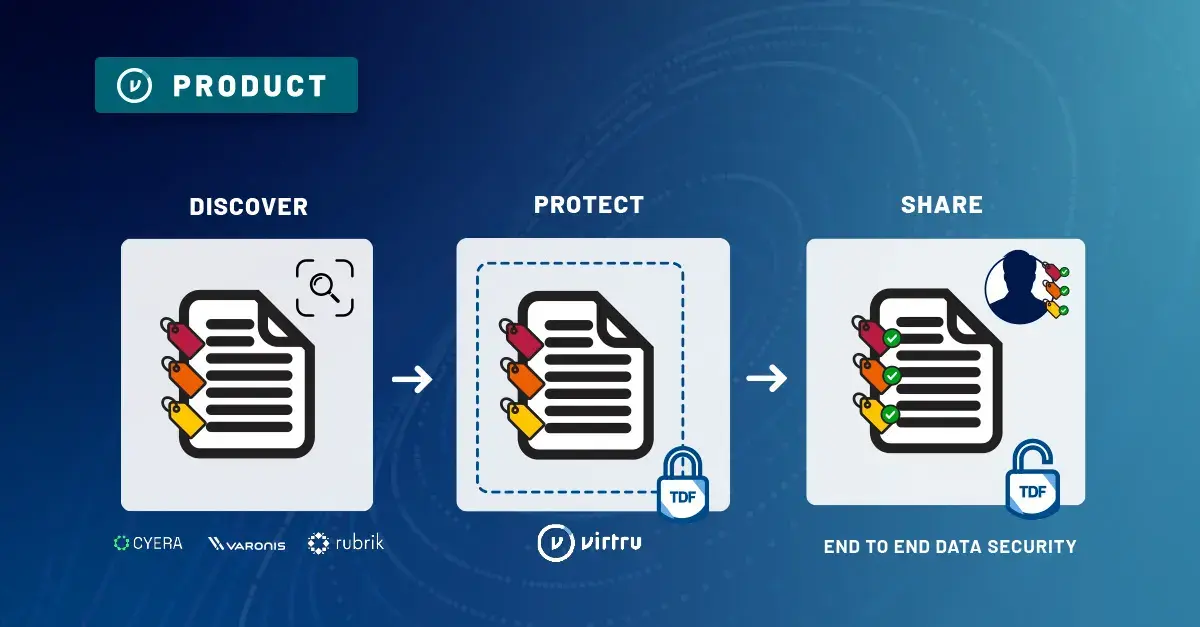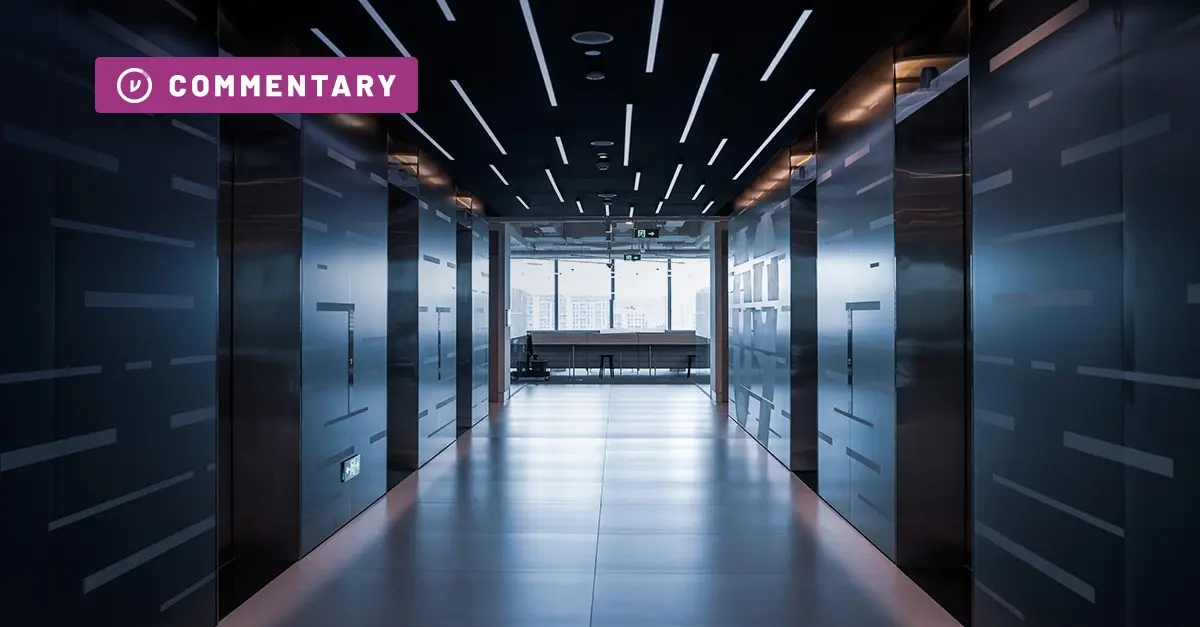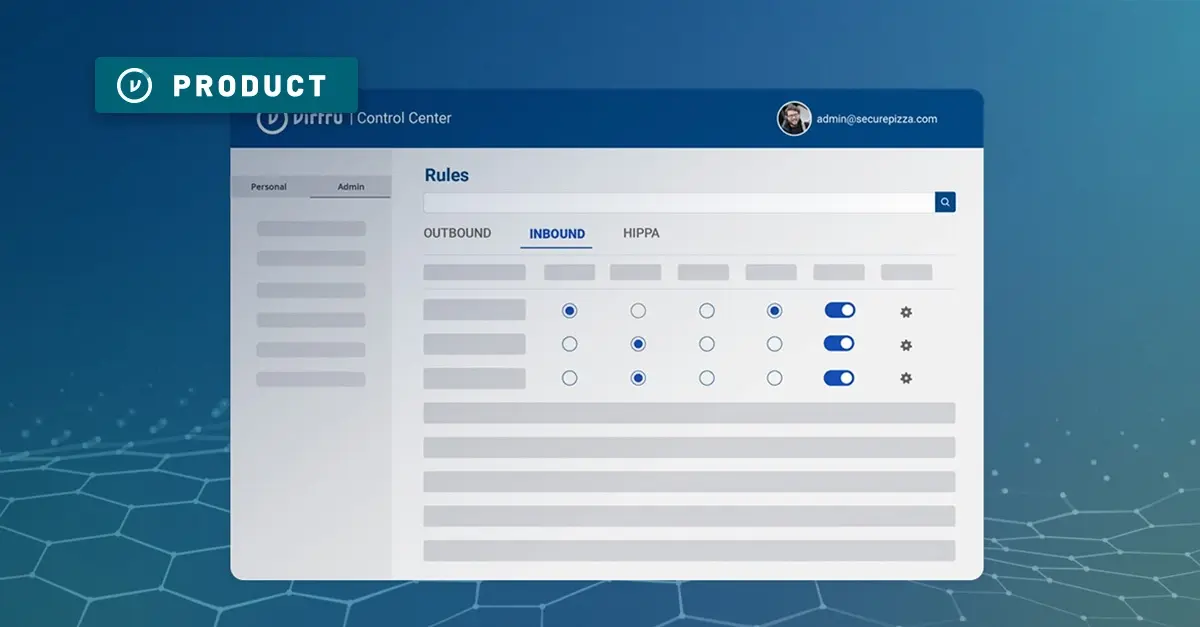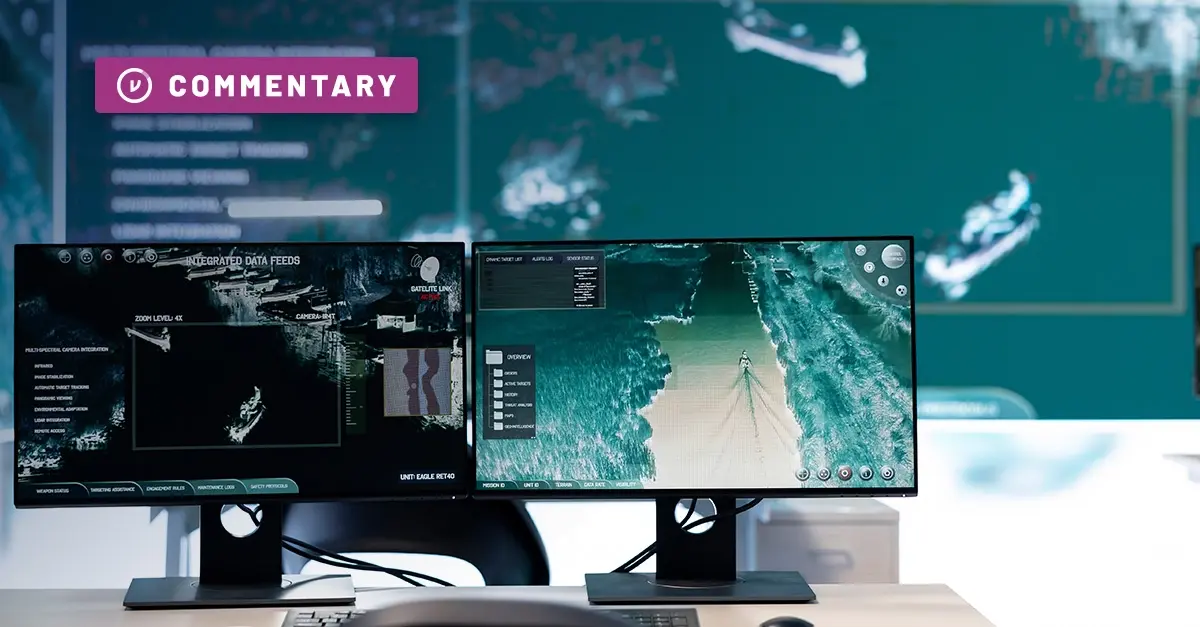To be on the cutting edge of technology, you can’t operate in a silo. You need collaboration, a variety of voices, the best and brightest minds across the globe bringing their respective skills and expertise to the table, regardless of whether they are employees of the U.S. government or not.
For the Air Force Research Laboratory (AFRL), this kind of collaboration is vital. Since the end of the Cold War, the U.S. has been the clear front runner in technological superiority — but maintaining that edge is increasingly challenging as nations around the world accelerate technological development at a breakneck pace.
With a team of nearly 12,000 people and an investment portfolio of $2 billion, AFRL is tasked with science and technology innovation to propel the Air Force and Space Force into the future and fortify the nation’s technological advantage. It’s no small task, considering the complexity of aerospace engineering and technology, so AFRL must partner with the best and brightest minds in the world, including third-party scientists, academics, public- and private-sector experts, and other government agencies—wherever they might be located.
Secure Collaboration Is Imperative to National Security
To innovate, the AFRL needs to do two key things well: Create an environment where these experts can easily share information and that intellectual property is secure and not put at risk.
“When we make a big discovery, how do we protect that technological edge from our adversaries? This is a fundamental challenge for AFRL as an organization that thrives on collaboration,” says Dr. Dan Berrigan, Lead, Collaborative Tools, AFRL Digital War Room. “We can’t just lock ourselves in a basement and attempt to solve things ourselves, nor can we completely and freely go out and engage our partners with the assumption that our research and proprietary information is secure.”
Considering the nature of the data being exchanged, compliance is also an important factor: ITAR regulations dictate that information related to munitions and military technology be protected from access by non-U.S. entities. To this end, the ITAR Encryption “Carve-Out” Rule states, “Cryptographic protection must be applied prior to data being sent outside of the originator’s security boundary and remain undisturbed until it arrives within the security boundary of the intended recipient. This means encrypting data prior to emailing or sharing it.”
When working with the best and the brightest in the world, who are physically located all over the globe, it is critical that AFRL collaborates in a manner that is end-to-end encrypted, ITAR compliant, and simple to use.
According to Berrigan, “AFRL invests in its collaboration tool stack by using the Google Workspace suite to foster that simple, easy-to-use collaboration, along with Virtru’s client-side and server-side data protection to provide additional layers of security for sensitive information.”
Federal Data Sharing Is Urgent and Time-Sensitive
Securing sensitive information is important, but so is speed. After all, the AFRL is racing to stay on the leading edge of technological and scientific innovation, so any hurdles or impediments to secure data exchange are not just inconvenient, but can also jeopardize the high velocity innovation objectives of AFRL.
When it comes to the exchange of highly sensitive or classified information, organizations within the federal space sometimes lock down data in such a way that sharing a single piece of critical information can take hours. For AFRL, friction filled collaboration workflows are often unacceptable. Simply stated, AFRL’s innovative mission demands both rapid collaboration and military-grade security.
“We’ve ensured our tech stack facilitates the seamless exchange of ideas, accelerating our maturation cycles and the pace of innovation that AFRL must operate at,” says Berrigan. “When it comes to communicating with third-party partners, we believe frictionless collaboration holds the same level of importance as privacy, security, and compliance with governance controls.”
Cybersecurity Must Create a Bridge to Collaboration
AFRL operates in two worlds: Its internal sphere, and the broader sphere of external partners, experts, and networks. External collaboration is core to its mission: You can’t push the envelope of scientific and technological research without input from top experts around the world, whether they work for AFRL, another research institute, a university, or the private sector.
Naturally, data needs to move inside and outside of the AFRL domain - but when that data leaves the organization, AFRL needs to ensure it remains secure across its entire lifecycle, and that it is never accessed by anyone without the required authorization.
To do this, AFRL leverages:
- Attribute-based access controls that are granular and targeted to the individual’s identity as well as the data object level: That level of granularity is essential to ensure proper protections are in place.
- The Google Workspace collaboration suite, with Virtru data protection in place to strengthen ITAR compliance
- Encryption capabilities that provide persistent control over data shared externally with academic and foreign partners
- Complete control of data that’s left its domain so that, should circumstances change, access to that data can be revoked
- Data policies and rules that help enforce regulations like ITAR and CMMC
When it comes to AFRL’s research, data must be equipped to move, and it must move securely and quickly. Both are necessary to U.S. national security.
AFRL uses Virtru to ensure that highly sensitive information can travel outside its domain while still remaining under its control — while at the same time giving researchers and experts simple, easy access to the essential data that’s been shared with them.
With these capabilities in place, AFRL can focus on the urgent mission of furthering the nation’s scientific and technological expertise, fortifying its leading role on the global stage.













